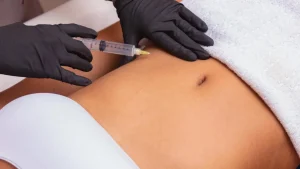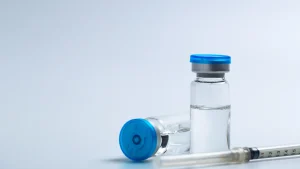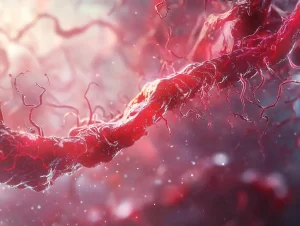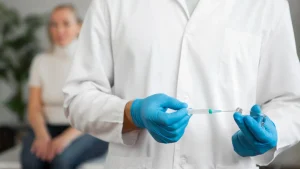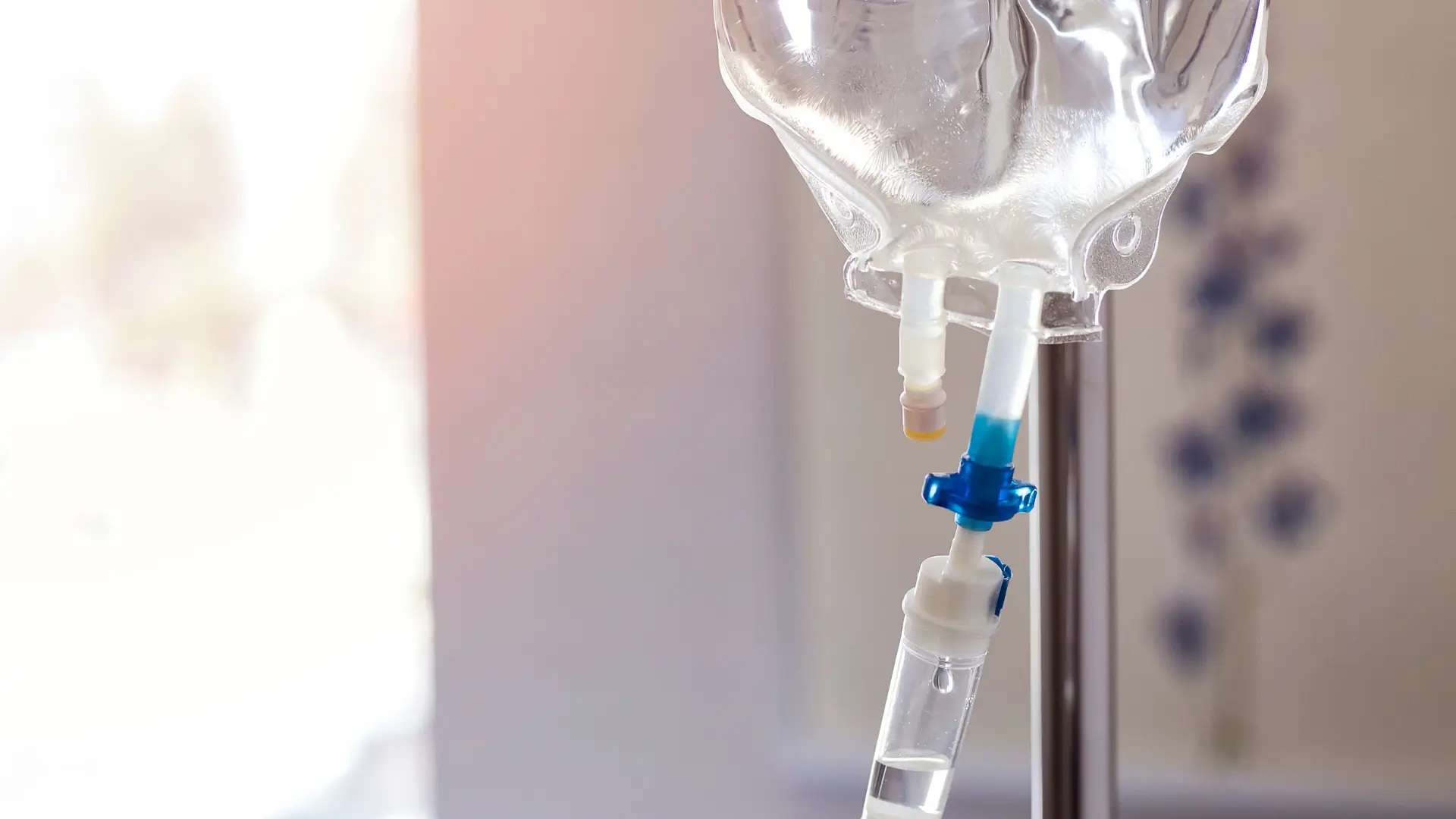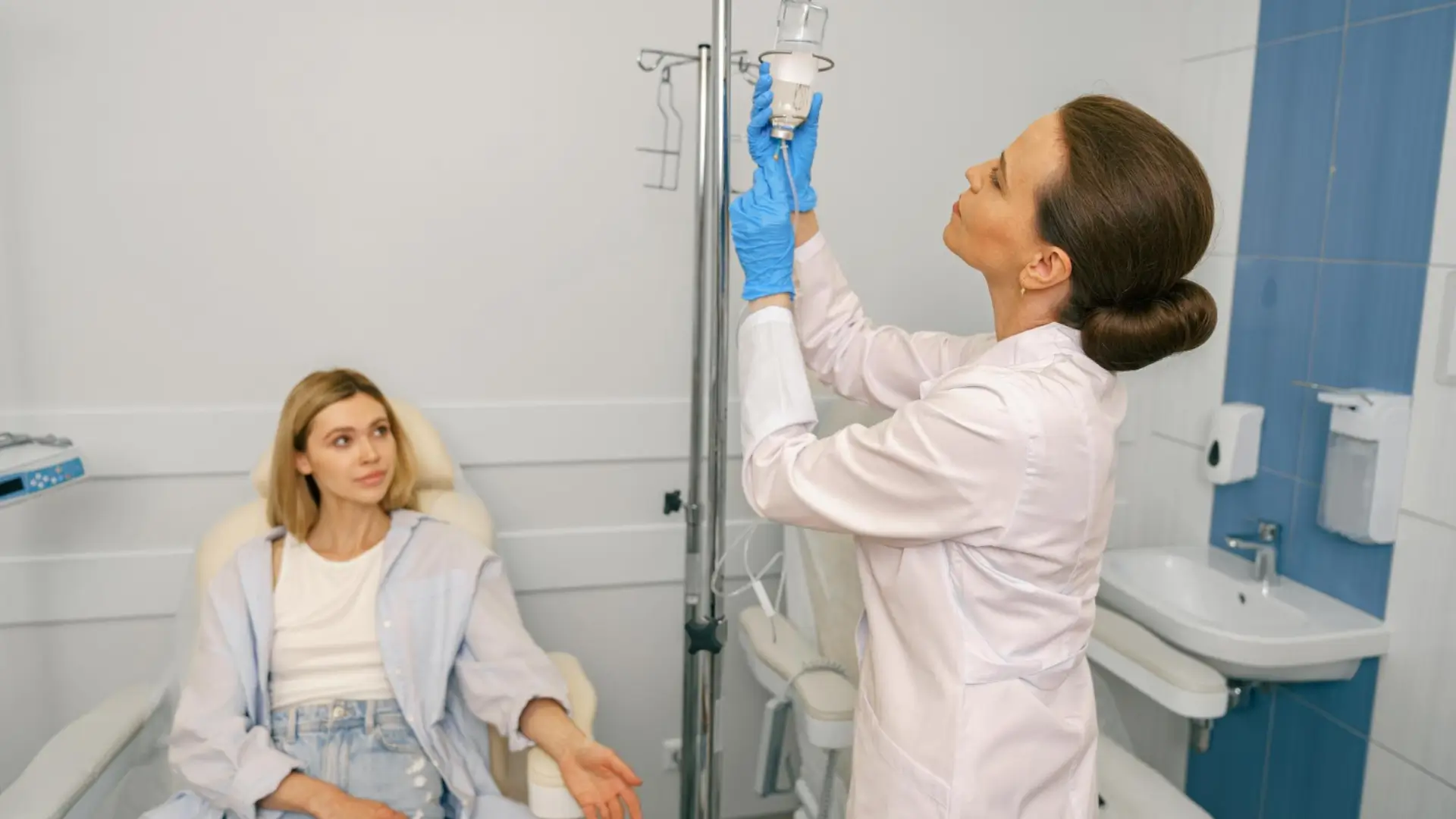Nicotinamide adenine dinucleotide (NAD⁺) is a naturally occurring coenzyme found in every cell of the body. It plays a crucial role in energy production, DNA repair, and numerous other metabolic functions that maintain cell health. Over time, however, NAD⁺ levels decline with age, stress, and illness — which has led researchers to explore whether restoring these levels could support better cellular health and resilience.
One approach that has gained attention is NAD IV therapy, in which NAD⁺ or its related compounds are administered directly into the bloodstream through an intravenous infusion. This method bypasses digestion and may raise blood NAD⁺ levels more effectively than oral supplements. While the therapy is growing in popularity within wellness and longevity clinics, it remains investigational.
In this article, we’ll take a closer look at what NAD IV therapy contains, the science behind its proposed benefits, potential risks to be aware of, and key considerations for both patients and healthcare providers who may be exploring this treatment.
Key Takeaways
- NAD IV therapy delivers nicotinamide adenine dinucleotide (NAD⁺) directly into the bloodstream, where it plays a role in energy metabolism, DNA repair, and cellular resilience.
- Carrier solutions like normal saline or balanced electrolytes are used to dilute NAD⁺ and reduce irritation during therapy infusion.
- Optional additives (B vitamins, vitamin C, and amino acids) are sometimes included to support metabolism or patient comfort, though their clinical benefits are not yet proven.
- NAD IV dosage typically ranges from 250 to 1000 mg per session, tailored to the patient’s goals and treatment tolerance.
- While early evidence and patient reports suggest possible benefits for energy, recovery, and metabolic support, robust clinical trials are still needed to confirm safety and efficacy.
- Patients should consult with licensed healthcare professionals before starting therapy to ensure safe administration and personalized treatment planning.
About: Medica Depot is your trusted all-in-one supplier, offering a range of high-quality medical injectables and supplies. If you’re looking to buy Rejuvanad Nad IV, contact Medica Depot’s sales representatives and they will guide you on how to do so. Whether for health professionals, plastic surgeons, dermatologists, licensed estheticians, or other specialists, we can offer genuine, brand-name products you may need. With Medica Depot, we prioritize serving you better to improve the patient’s quality of life.
Core Ingredient: Nicotinamide Adenine Dinucleotide (NAD+) in IV Therapy
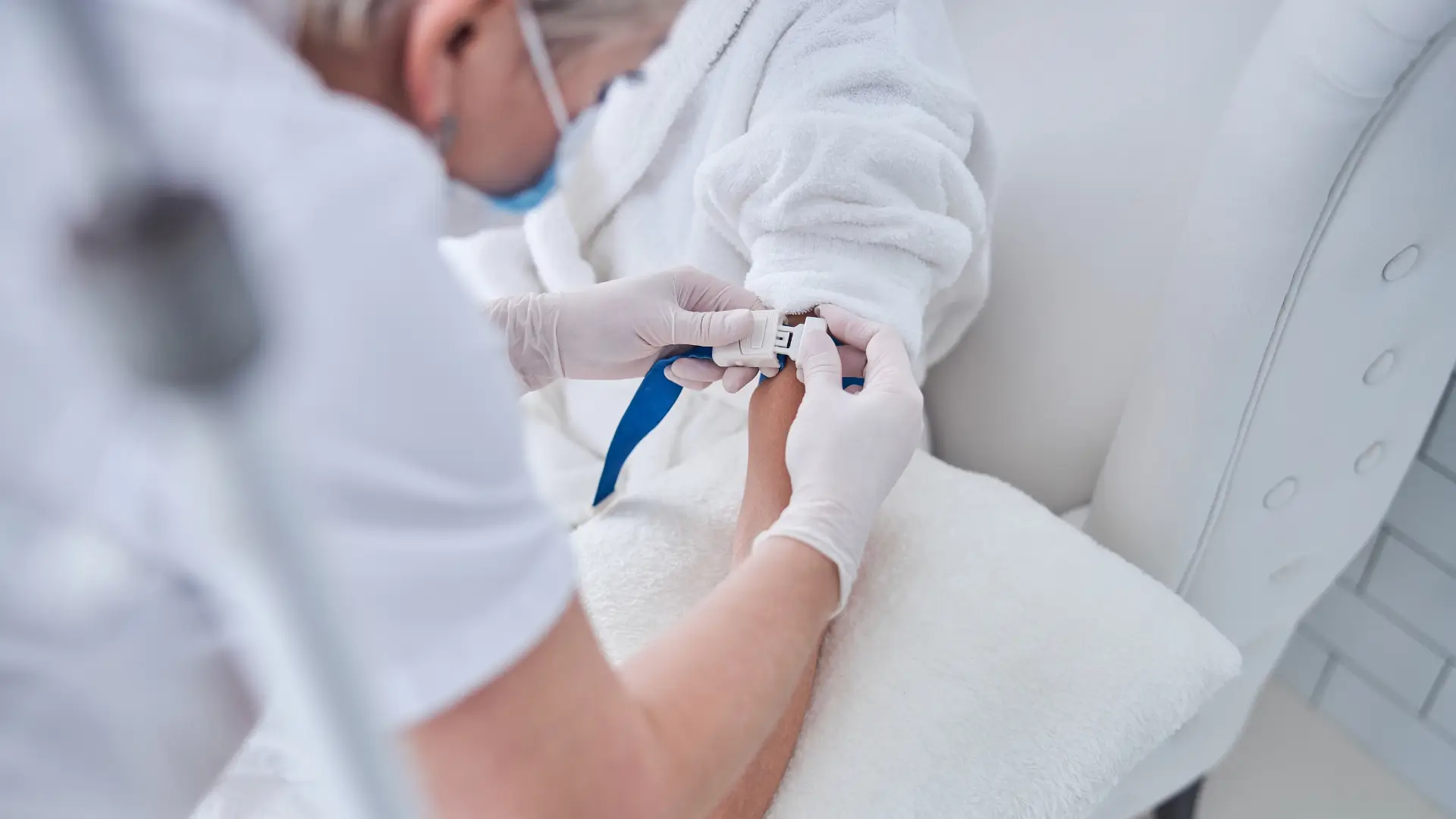
Before beginning any new treatment, patients should always seek the guidance of licensed and trained healthcare providers. This step ensures suitability, helps individuals understand both the potential risks and benefits, and reduces the chance of complications. A key part of this education is knowing what is in NAD IV therapy and how it works.
Nicotinamide adenine dinucleotide (NAD⁺) is a coenzyme present in every living cell. It functions as a redox carrier and as a substrate for NAD⁺-consuming enzymes. Because of its central role, NAD⁺ is biologically important for processes including:
- DNA repair
- Cellular repair and stress responses
- Metabolic regulation
By restoring NAD⁺ levels, IV drips may support mitochondrial function, activate sirtuins, and facilitate PARP-dependent DNA repair. These mechanisms have a link to energy production, inflammation control, and neuroprotection. Some early clinical and mechanistic reports suggest potential benefits for fatigue, mood, pain syndromes, and metabolic resilience.
That said, NAD+ IV therapy remains an emerging treatment. While widely used in wellness and integrative settings, the clinical field has to conduct more large-scale and randomized trials to confirm its safety and effectiveness.
Carrier Solutions and Delivery Components in NAD IV Infusions
To deliver NAD⁺ effectively, providers dilute it in isotonic crystalloid fluids, which act as the primary carrier. Most commonly, practitioners use normal saline (0.9% sodium chloride) or balanced electrolyte solutions. These carriers help maintain stability and reduce irritation during therapy drips or infusion.
Safe preparation requires sterile compounding, compatibility testing, and careful clinician oversight. Providers also determine the infusion rate and whether adjunct ingredients may be appropriate for each patient, especially for those new to NAD booster drips.
Additives in NAD IV Therapy: B-Complex, Vitamin C, and Amino Acids

Some clinics combine NAD⁺ therapy with additional nutrients to support metabolism or improve comfort during the infusion. These optional adjuncts include:
- B Vitamins: Important cofactors in mitochondrial pathways.
- Vitamin C: Often added for its antioxidant or immune-modulating properties.
- Amino Acids: May support nitrogen balance, neurotransmitter production, and cellular repair.
Providers may sometimes refer to these additions as vitamin shots or nutrient blends. Providers may choose them for patients seeking quicker recovery, enhanced wellness, or a metabolic boost.
Furthermore, while these ingredients are sometimes included, their clinical impact has not been systematically studied. Medical professionals typically reserve these IV drips for individualized protocols addressing concerns such as fatigue, recovery, or metabolic stress.
How NAD IV Ingredients Work Together to Support Cellular Function

As studies suggest, systemic NAD levels decline with aging and stress. Interventions like NAD IV therapy or its oral precursors may help influence mitochondrial function and metabolic signaling. Clinics determine the NAD IV dosage based on patient goals, adjusting dilution and optional additives to tailor the infusion.
By infusing NAD⁺ directly, IV therapy can rapidly restore circulating levels compared with oral supplements. When paired with vitamins and amino acids, these drips may offer synergistic support:
- Carrier solutions reduce vascular irritation.
- B vitamins promote energy metabolism.
- Vitamin C supplies antioxidant support.
- Amino acids provide building blocks for cellular repair.
Practitioners design these combinations to improve tolerance and target multiple pathways, though more clinical data is needed to validate their true impact.
Conclusion
NAD IV therapy may offer potential benefits for cellular repair, energy metabolism, and resilience against stress, but it remains an investigational approach. Delivering NAD⁺ directly into the bloodstream can raise plasma levels more rapidly than oral supplements, yet its long-term safety and efficacy require further validation in controlled clinical trials.
Optional additions, such as B vitamins, vitamin C, and amino acids, are sometimes included to support metabolism or comfort, although evidence for synergistic benefits remains limited.
Patients considering NAD IV therapy should always consult with qualified healthcare professionals to understand the treatment, weigh potential risks and benefits, and receive guidance tailored to their individual health needs.
FAQs
1. What is the main ingredient in NAD IV therapy?
The primary ingredient in NAD IV therapy is nicotinamide adenine dinucleotide (NAD+). This supports cellular functions, such as energy metabolism and DNA repair.
2. What additional ingredients are often included in NAD IV infusions?
Clinics frequently add B vitamins, vitamin C, and amino acids to NAD IV infusions to enhance their effects and promote patient comfort.
3. Is NAD IV therapy safe and proven effective?
NAD IV therapy is still under investigation, and more research is needed to establish its safety and efficacy. Patients should consult healthcare professionals before starting treatment.
References
NAD Research, Inc,. NAD: A Foundational Molecule. The NAD Research, Inc. Published December 15, 2023. Accessed September 26, 2025. https://nadresearch.org/
de Mello Gindri I, Ferrari G, Pinto LPS, et al. Evaluation of safety and effectiveness of NAD in different clinical conditions: a systematic review. AJP Endocrinology and Metabolism. 2023;326(4):E417-E427. doi:10.1152/ajpendo.00242.2023


